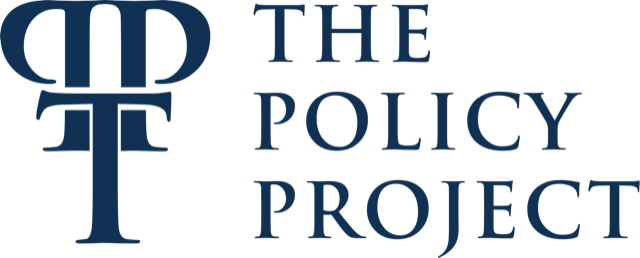How to Identify an At-Risk Teen
According to justsayyes.org, an “at-risk youth” is a teenager who is less likely to transition successfully into adulthood, including academic success, job readiness, as well as the ability to be financially independent. Risks may include abusive or neglective parents, a lack of food, homelessness, a lack of academic resources and guidance, working several jobs to provide financially for themselves, alcohol or drug abuse, and any other factors that prevent teenagers from being healthy and successful.
Intervention by a parent, neighbor, teacher, employer, or other caring adult can make all the difference. Let’s discuss some warning signs to watch out for that a teenager you know may be at-risk.
A Lack of Self Care and Hygiene
A teen’s records or appearance may demonstrate unmet medical and dental needs including poor health or nutrition, missing immunizations, respiratory problems, skin rashes, chronic hunger, and fatigue. A student lacking access to a shower and washing machine may wear the same clothes for several days in a row, hide under layers of ill-fitting clothing, or display inconsistent grooming over time.
Poor hygiene can unfortunately lead to sickness, bullying, embarrassment, low school attendance, or dropping out of school all together. Students may hoard resources such as cafeteria food, period products, pencils, paper, and other supplies.
Behavioral Changes
Though defiant behavior could be considered synonymous with teen-hood, be cautious if you notice a teenager taking more dangerous or frequent risks and engaging in illegal activity. Even if their behavior may not be illegal, adults should be aware of marked changes in behavior including a short attention span, poor self-esteem, extreme shyness, an inability or unwillingness to form relationships with peers and teachers, aggression, developmental delays, or anxiety, particularly if it increased anxiousness later in the school day.
Defensiveness When Questioned
Teens may be unwilling to disclose personal information in an attempt to protect their parents or act defensively when asked questions about their situation. It is not uncommon for at-risk youth to lie, change stories, or make comments such as “I don’t remember the name of my previous school”, “We’re staying with relatives until we get settled”, or “Mom really does care about me, she’s just going through a rough patch”. To hide a lack of a permanent address, they may mention staying with grandparents or other relatives, friends, or in a motel.
Struggling Academically
Teachers, school counselors, and other mentors can be clued in through academic records. Attendance at many different schools in a short period of time, erratic attendance and tardiness, numerous absences, a lack of participation in afterschool and extracurricular activities, missing records needed to enroll, an inability to pay for lunches or other expenses, and gaps in skill development are all signs a teenager might not be receiving the structure they need. Showing a disinterest in schoolwork and poor organizational skills can also be a consequence of an unstable homelife.
While there are many warning signs for recognizing a teen in need of intervention from an adult or school, every case and individual is different. Individual students may differ significantly from the following general characteristics.
When possible, approach the teen in private and express loving concern for their well-being. Listen without judgment and do your best to connect them with resources, such as a high school’s teen center, to help them.


